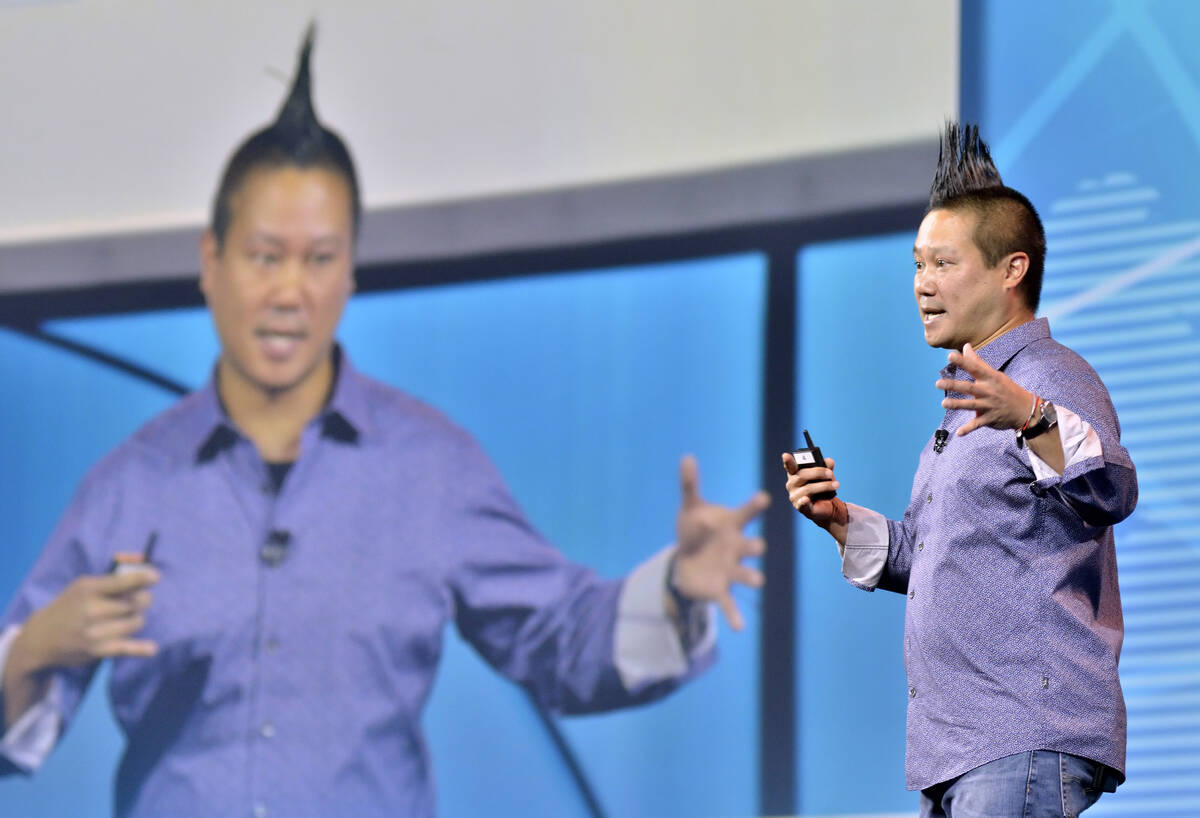Augmented Reality in Urban Planning: Building Smart Cities
Augmented reality transforms urban planning processes, enabling city planners and architects to visualize and modify city developments in real-time. This technology revolutionizes how cities are designed, built, and managed for future generations.

Augmented reality transforms urban planning processes, enabling city planners and architects to visualize and modify city developments in real-time. This technology revolutionizes how cities are designed, built, and managed for future generations.
Urban planners now use AR to overlay proposed developments onto existing cityscapes. This capability allows stakeholders to assess visual impact, shadow effects, and integration with existing infrastructure before construction begins. Public consultations become more effective through interactive AR demonstrations of planned changes.
Infrastructure management benefits significantly from AR implementation. Maintenance teams visualize underground utilities, reducing accidental damage during repairs. Traffic management systems use AR to model flow patterns and optimize signal timing for better mobility.
Community engagement improves through AR-powered participation platforms. Residents view proposed changes to their neighborhoods through smartphone apps, providing informed feedback on developments. This transparency builds trust and support for urban renewal projects.
Sustainable development planning leverages AR for environmental impact assessment. Planners analyze sunlight exposure, wind patterns, and energy efficiency through detailed AR models. This data-driven approach ensures environmentally conscious urban development.
Historical preservation efforts benefit from AR visualization. Architects blend new developments with heritage sites more effectively by analyzing visual impact through AR overlays. This technology helps maintain cultural identity while accommodating growth.
Emergency response planning improves through AR simulations. First responders train for various scenarios using accurate city models, improving preparedness for natural disasters or other emergencies.
Looking ahead, AR in urban planning will continue evolving with improved data integration and visualization capabilities, enabling more sophisticated smart city development.
What's Your Reaction?
















